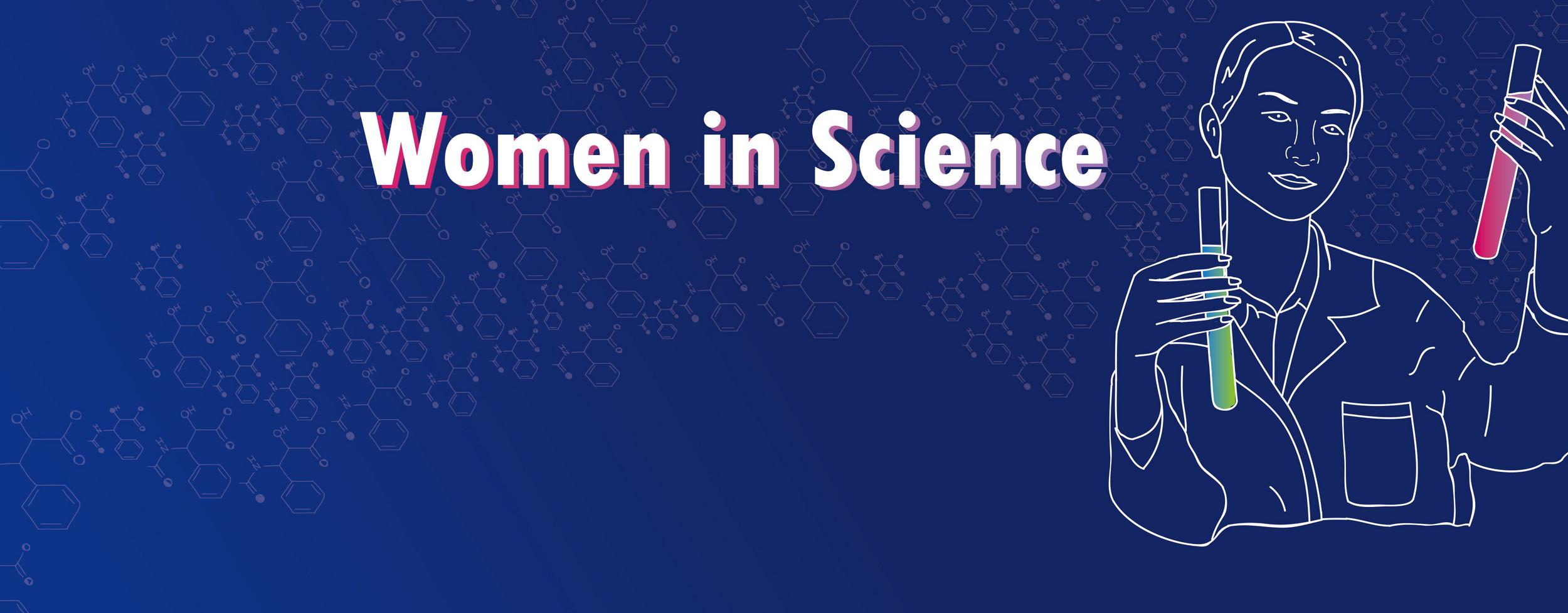
Women in Science: Michelle Sestak
Michelle Sestak always liked to tinker with things. Even if it was just assembling a piece of furniture, she had a constant curiosity about the way things worked.
The affable high-schooler played the alto sax in a marching band, and enjoyed performing in stadiums and in parades. Her family liked to go on adventures, traveling from their Cleveland home to Disneyland, and exploring things like the Grand Canyon and Route 66.
“As a kid growing up, we were always going out every weekend,” she said. “My parents would just get us in the car and take us to Niagara Falls for the weekend or to New York City.”
She was always driven by an inquisitive nature.
“I looked into the sky and asked, what are these planets,” she said. “What is this earth, what are we doing here, where did we come from?”
It was that spirit of adventure, coupled with her need for scientific discovery, that drove her career. She eventually became an applications scientist for HORIBA Scientific’s Thin Film and Raman divisions.
The marching band high-schooler turned to Baldwin-Wallace College in Berea, Ohio, now known as Baldwin-Wallace University, for her undergraduate studies.
Still, as a student entering college, she wasn’t sure what major she’d choose. But after taking two science courses, the mentors in the program lead her to decide to keep going further.
Although Sestak’s childhood interest was in astronomy, she shied away from it because she felt there weren’t many jobs in that field.
Instead, Sestak majored in physics at Baldwin-Wallace, where she was the only woman in her graduating program. Most of the women in science were in the chemistry department. And all the physics professors were male, to boot! It taught her to work with men effectively.
She attended graduate school at the University of Toledo, where she earned her Ph.D. in physics and worked for seven years as a solar cell specialist. Her job was to make more efficient solar panels.
“The work was mainly focused on cadmium telluride solar cells,” she said. “We were studying other ways to make these solar cells. They're multilayered. We wanted to optimize the thicknesses of each of the layers in order to give the best efficiency. The research was mainly looking at optimizing the thickness of layers so that they would absorb the most sunlight.”
HORIBA flew her in to New Jersey from Toledo for a series of interviews, where she had to make a presentation as well.
“They asked me, can you explain thin films to somebody who knows nothing about it,” she said of the material scientists. “What kind of research do you do,” they asked. “Basically I'm using polarization of light to determine thickness of the films.” she said.
After that, Sestak joined HORIBA, where she still serves as an applications scientist for the company’s Thin Film and Raman divisions.
Her work involves determining thin film thickness and optical properties of samples; how light interacts with a sample. An example she gave was the coating on the anti-glare lens of eyeglasses. She studies the layers on the lens, and how light interacts with that layer. There is coating that doesn't reflect, a coating that doesn't absorb and a coating that permits light to go through.
She’s also in applications support. She works with customers who have bought HORIBA systems and are trying to solve their analytical problems, or figure out how to use the system. She trains users on the equipment and has even done installation of some of the more basic systems. She provides trouble shooting support, and has also run samples for customers, if someone calls and asks for her help in determining the thickness of their sample.
“We talk with them on the phone, over conference calls or present webinars to try to help them understand the technique, what it can do for them, and then try to figure out if it's going to work for their samples,” she said. “After that, we try to figure out which system to recommend.”
The scarcity of women in science during her studies had an interesting effect – she learned how to work well with men. But she’s not afraid to advocate for the benefits women bring to the lab.
“You have a lot more male friends than female friends. So you learn how to better work with the males than the females. But the perspective from the male scientist is so much different,” she said. The males are sometimes really focused on something specific involved in what they're trying to do. But the female has more of what I would say is a broader perspective on things.”
Sestak is a long way from those cross-country road trips which included trekking down Route 66. And her memories of Stuckey’s gas stations and rest stops along the way where she could buy souvenirs still burn strongly. But the girl who searched the sky and found fulfilment on the ground encourages women to pursue the sciences if it’s in their nature.
“Be positive. Continue being curious and learn about the world around you,” she said. “Give it a shot and stick with it. And let your curiosity run wild. Don't be afraid to explore different options, and be brave and open to new things.
Do you have any questions or requests? Use this form to contact our specialists.